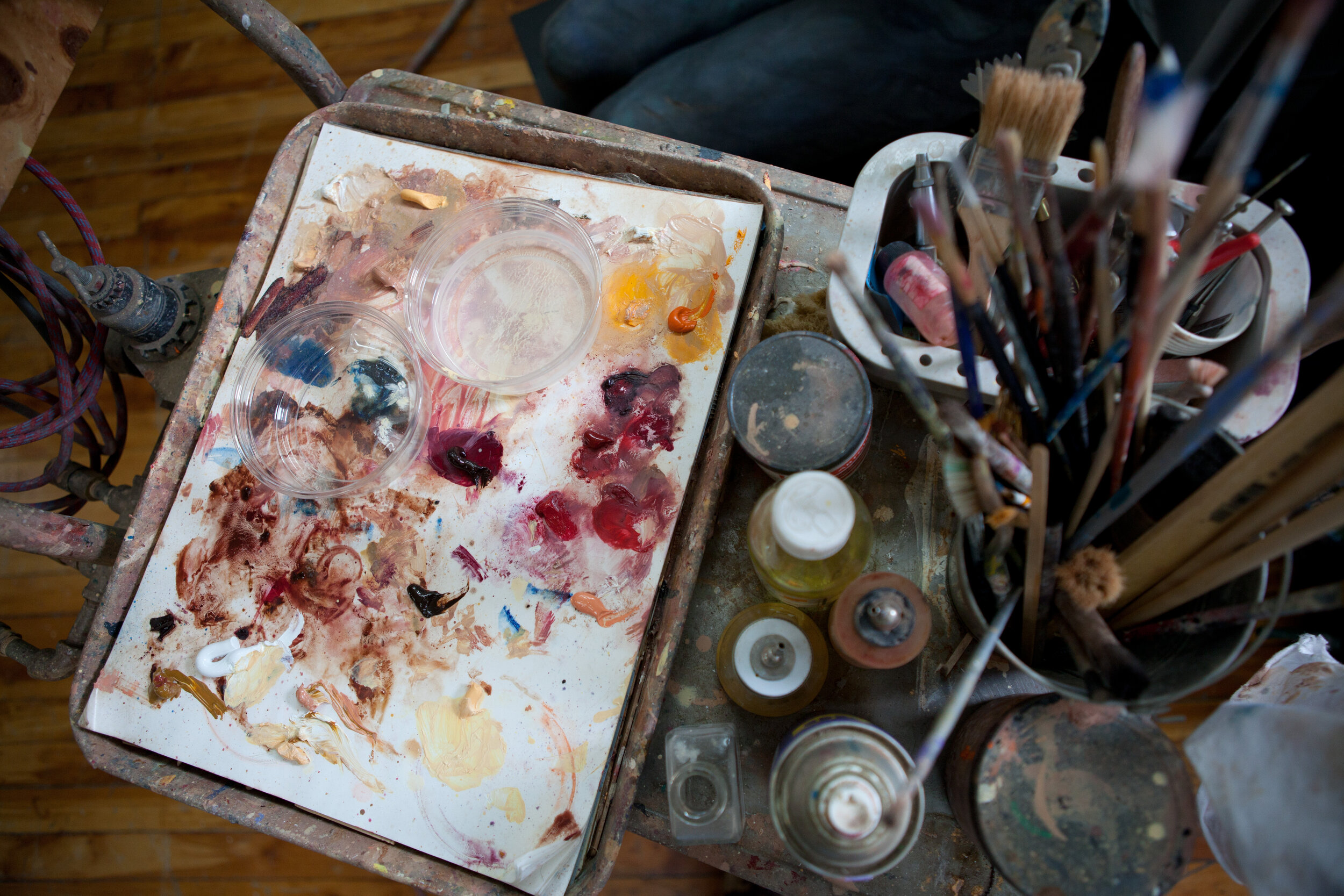When it comes to painting, if you want to make your work look more realistic, irrespective of the style you paint in, this is what I recommend. If you don’t want people to feel left doubting what you have actually painted, you might want to paint realistically. It is imperative to note that painting realism does not mean senselessly copying what you see. But, it’s about using your creative license to change the subject in the painting while maintaining the quality of realism. Therefore, this article highlights a few essential tips to make paintings look more realistic.
1) Get the Color Values Right
Color values are the most important tip when it comes to creating more realistic paintings. Value in painting is how light or dark a color is, and it is extensively considered to be one of the central elements of a painting. Besides, if you are able to paint with precise values, then your painting will have a quality of realism irrespective of how correct your colors, edges, shapes, and other elements are.
2) Use Soft, Hard, & Lost Edges
In painting, edge transitions from one shape to another, and edges are categorized as hard, soft, or lost. The hard edge is for a crisp transition between two shapes, whereas soft edges have some gradation between the shapes to make the transition smooth. On the other hand, a lost edge where the edge is so soft that you can hardly see it. It usually occurs when there are two shapes next to each other having the same color. Also, lost edges don’t give you much information about the subject form.
3) Focus on The Important
It is suggested to identify a few things that most interest you about the subject you are painting and be extremely specific. It could be the light bouncing off or any impressive shape arrangement. Typically, there are only 1-3 things that really interests you about a subject. So, just focus on painting those things and try to simplify the rest.
4) You Might Not Want Visible Brushwork
Visible brushwork is the most interesting aspect of a traditional painting; however, you will need to learn how to use an airbrush. An airbrush is a small, hand-held instrument connected to a canister of compressed air that sprays paint in a controlled way giving an even and consistent surface. Artists and illustrators often use airbrushing to create a high level of realism.
5) You Will Need to Learn How to Copy from Real Life
It is incredibly helpful to have a model or a still life, or a landscape in front of you while working on your picture. This reference will help you enormously.
6) Question What You See
Sadly, our eyes often play little tricks on us, and what we believe we see is not actually what is there. It is most apparent in color and value. Therefore, question what you see to make your paintings more realistic.
In conclusion, you must learn how to visualize like an artist. Besides, break everything down into fundamental elements like edge, shape, color, and line. For instance, instead of painting just anything, paint the shapes, edges, colors, and lines to make your painting look more realistic.
